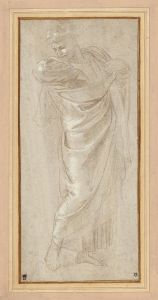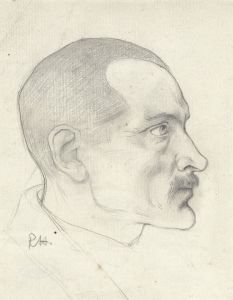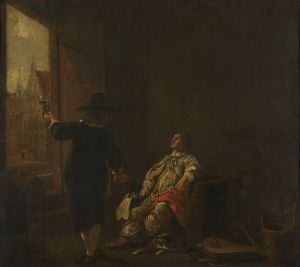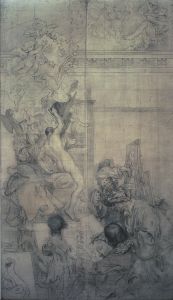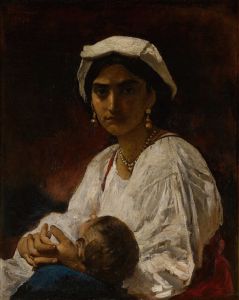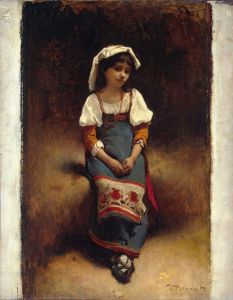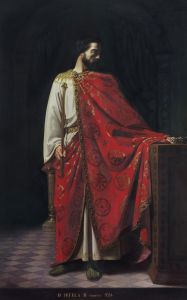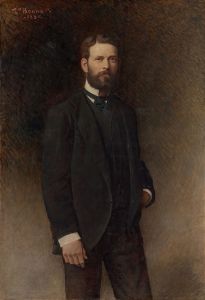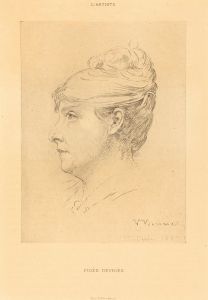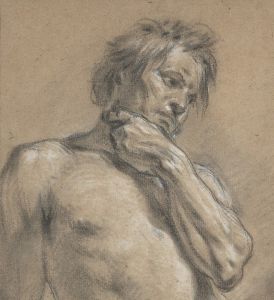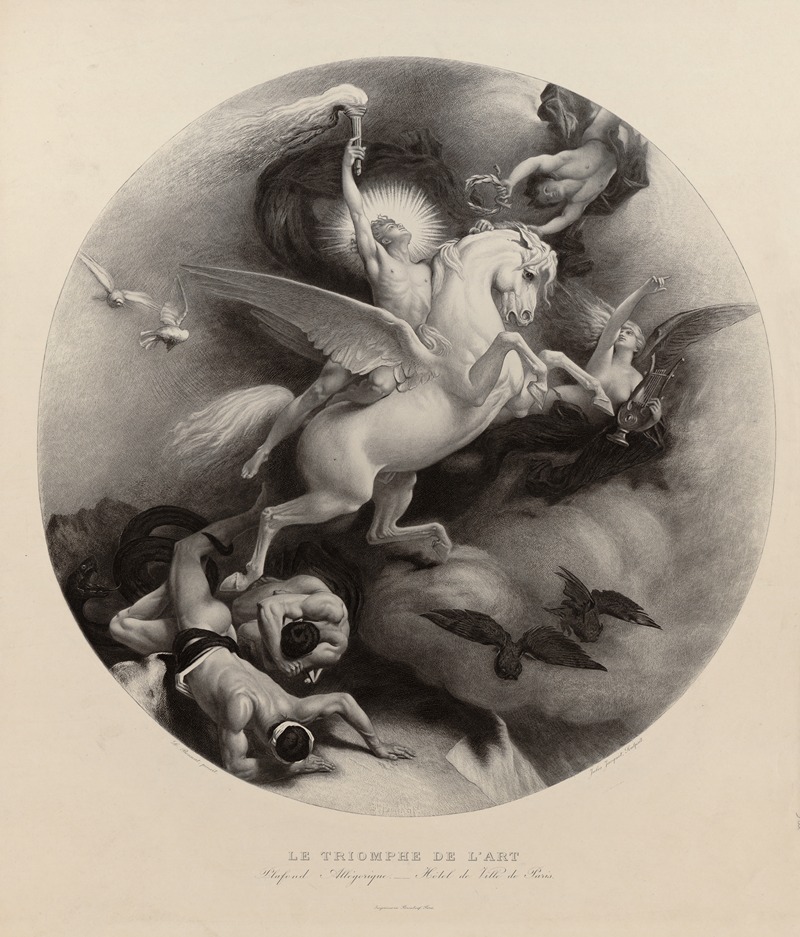
Le Triomphe de l’art.
A hand-painted replica of Léon Bonnat’s masterpiece Le Triomphe de l’art., meticulously crafted by professional artists to capture the true essence of the original. Each piece is created with museum-quality canvas and rare mineral pigments, carefully painted by experienced artists with delicate brushstrokes and rich, layered colors to perfectly recreate the texture of the original artwork. Unlike machine-printed reproductions, this hand-painted version brings the painting to life, infused with the artist’s emotions and skill in every stroke. Whether for personal collection or home decoration, it instantly elevates the artistic atmosphere of any space.
Le Triomphe de l’art is a painting by the French artist Léon Bonnat, a prominent figure in the 19th-century art world known for his portraits and historical scenes. Léon Bonnat was born in 1833 in Bayonne, France, and became a significant figure in the academic art scene of his time. He was a student of Léon Cogniet and later became a professor at the École des Beaux-Arts in Paris, where he influenced a generation of artists.
Bonnat's work is characterized by its attention to detail, realistic representation, and often grandiose themes. He was a master of capturing the human form and expression, which is evident in his numerous portraits of notable figures of his time, including Victor Hugo, Gustave Flaubert, and Adolphe Thiers. His ability to convey the personality and status of his subjects made him a sought-after portraitist.
Le Triomphe de l’art, translated as "The Triumph of Art," fits within the broader context of Bonnat's oeuvre, which often celebrated the achievements of humanity and the grandeur of historical and cultural themes. While specific details about this particular painting are limited, it can be inferred from its title that the work likely embodies a celebration or allegorical representation of art's enduring power and influence.
Bonnat's paintings often reflect the academic style of the time, characterized by a high level of technical skill, a focus on historical and mythological subjects, and a polished finish. His works were well-received in the official art salons of Paris, which were the primary venues for artists to gain recognition and patronage during the 19th century.
Throughout his career, Bonnat received numerous accolades and was appointed to several prestigious positions. In 1881, he became a member of the Académie des Beaux-Arts, and in 1905, he was appointed the director of the École des Beaux-Arts. His influence extended beyond his paintings, as he played a significant role in shaping the future of French art education.
Bonnat's legacy is preserved in various museums and collections, with his works held in high regard for their technical mastery and historical significance. His contributions to art were recognized during his lifetime, and he was awarded the Grand Cross of the Legion of Honor, one of France's highest honors.
While Le Triomphe de l’art itself may not be as widely documented as some of his other works, it remains a testament to Bonnat's skill and his dedication to celebrating the cultural achievements of humanity through art. His paintings continue to be studied and admired for their craftsmanship and their reflection of the values and aesthetics of 19th-century France.





